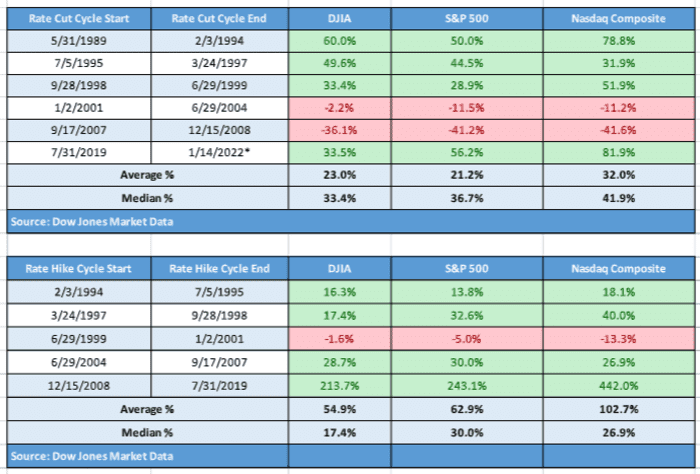Get ready for the climb. Here’s what history says about stock-market
Bond yields are rising again so far in 2022. The U.S. stock market seems vulnerable to a bona fide correction. But what can you really tell from a mere two weeks into a new year? Not much and quite a lot.
One thing feels assured: the days of making easy money are over in the pandemic era. Benchmark interest rates are headed higher and bond yields, which have been anchored at historically low levels, are destined to rise in tandem.
Read: Weekend reads: How to invest amid higher inflation and as interest rates rise
It seemed as if Federal Reserve members couldn’t make that point any clearer this past week, ahead of the traditional media blackout that precedes the central bank’s first policy meeting of the year on Jan. 25-26.
The U.S. consumer-price and producer-price index releases this week have only cemented the market’s expectations of a more aggressive or hawkish monetary policy from the Fed.
The only real question is how many interest-rate increases will the Federal Open Market Committee dole out in 2022. JPMorgan Chase & Co.
JPM
CEO Jamie Dimon intimated that seven might be the number to beat, with market-based projections pointing to the potential for three increases to the federal funds rate in the coming months.
Check out: Here’s how the Federal Reserve may shrink its $8.77 trillion balance sheet to combat high inflation
Meanwhile, yields for the 10-year Treasury note yielded 1.771% Friday afternoon, which means that yields have climbed by about 26 basis points in the first 10 trading days to start a calendar year, which would be the briskest such rise since 1992, according to Dow Jones Market Data. Back 30 years ago, the 10-year rose 32 basis points to around 7% to start that year.
The 2-year note
BX:TMUBMUSD02Y,
which tends to be more sensitive to the Fed’s interest rate moves, is knocking on the door of 1%, up 24 basis points so far this year, FactSet data show.
But do interest rate increases translate into a weaker stock market?
As it turns out, during so-called rate-hike cycles, which we seem set to enter into as early as March, the market tends to perform strongly, not poorly.
In fact, during a Fed rate-hike cycle the average return for the Dow Jones Industrial Average
DJIA
is nearly 55%, that of the S&P 500
SPX
is a gain of 62.9% and the Nasdaq Composite
COMP
has averaged a positive return of 102.7%, according to Dow Jones, using data going back to 1989 (see attached table). Fed interest rate cuts, perhaps unsurprisingly, also yield strong gains, with the Dow up 23%, the S&P 500 gaining 21% and the Nasdaq rising 32%, on average during a Fed rate hike cycle.

Dow Jones Market Data
…
Read More: Get ready for the climb. Here’s what history says about stock-market
